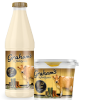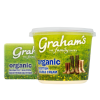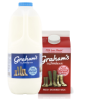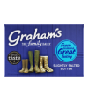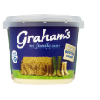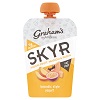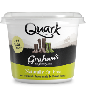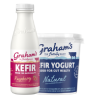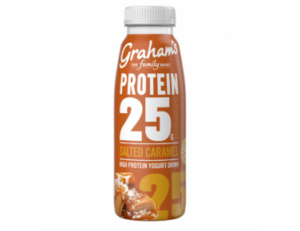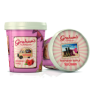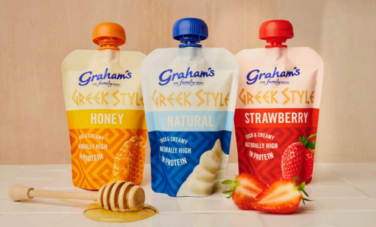
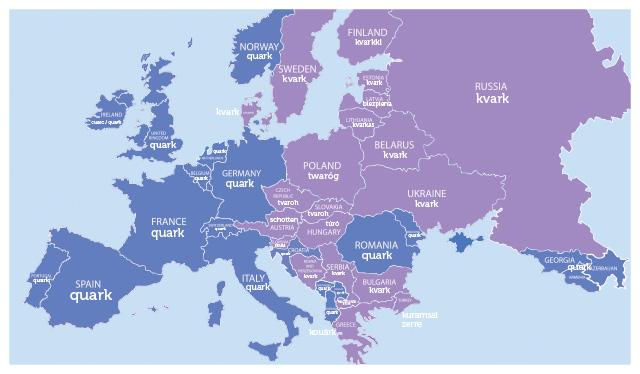
If you’ve popped into a Polish shop in the UK then you might have noticed a product called twaróg and you may also have seen our map showing you words for ‘quark’ across Europe. Quark and twaróg share the same linguistic root and do translate as being the same thing, but there are subtle differences in how the two are usually sold. We thought we’d guide you through the differences, as well as offering some serving ideas from the continent for quark.
Quark, as you’ll know if you’re already a fan of Graham’s Quark, is a soft cheese that is naturally low in fat and high in protein. Depending on the recipe, it can sometimes be used as a substitute for products like Greek yogurt or crème fraiche.
So what’s twaróg?
Quark originates in continental Europe and the word ‘quark’ has its origins in the German language, while twaróg is Polish. In the Czech Republic and Slovakia the word used is tvaroh.
Quark is an acid-set cheese. This means that it’s been made without rennet, which is an enzyme found in the stomachs of ruminant animals. Rennet can be used to separate milk into curds (solid) and whey (liquid). In the quark production process the quark is stirred to prevent it from firming up, meaning that it has a texture that is thick but remains stirrable or spreadable.
In the case of Polish twaróg, some rennet may be added to create a thicker consistency. The addition of this rennet helps to remove more of the whey liquid, creating a firmer product. As well as the texture, there can be other differences. Quark is naturally low in fat, while some twaróg products can be higher in fat.
Is there a difference in how quark and twaróg are used
Because twaróg is firmer, it is sometimes sliced up and used in sandwiches. This firmer form of quark is sometimes be found in Germany as well as Poland. In both countries it can be used in a form of cheesecake, käsekuchen in Germany or sernik in Poland.
The good news is that there’s nothing stopping you from using softer quark to make a delicious cheesecake either, as Flora Shedden’s sumptuous Baked Chocolate Cheesecake recipe shows. Also, if you do fancy using quark in a sandwich then read on to discover how it can be used to make a delicious spread.
What about soft quark, how is that used on the continent?
The softer form of quark that we’re used to in the UK is popular on the continent too and it’s used in various ways that you might like to try. For instance, quark often has fresh herbs added to it to turn it into a tasty and nutritious spread or dip. This could mean something as simple as adding freshly chopped chives to your quark. In fact, people in Germany sometimes enjoy this combination as a tasty addition to boiled tatties.
Whether you’re serving it with bread or with tatties though, you might want to add even more punch to your quark by mixing some freshly pressed garlic through it, or even adding a few chopped chillies. Remember to thoroughly wash your hands after chopping chillies though – otherwise rubbing your eyes becomes a very unpleasant experience!
Cheesecake ingredient, sandwich filler, potato accompaniment… whether you’re using quark or twaróg, the amazing thing about this dairy wonder is its versatility.

